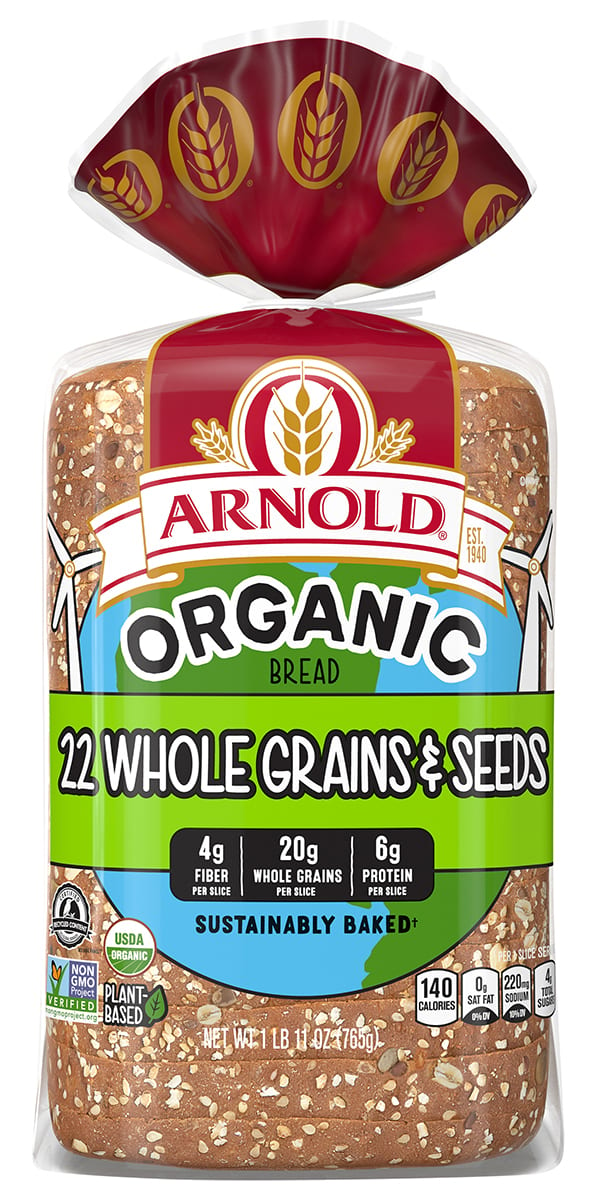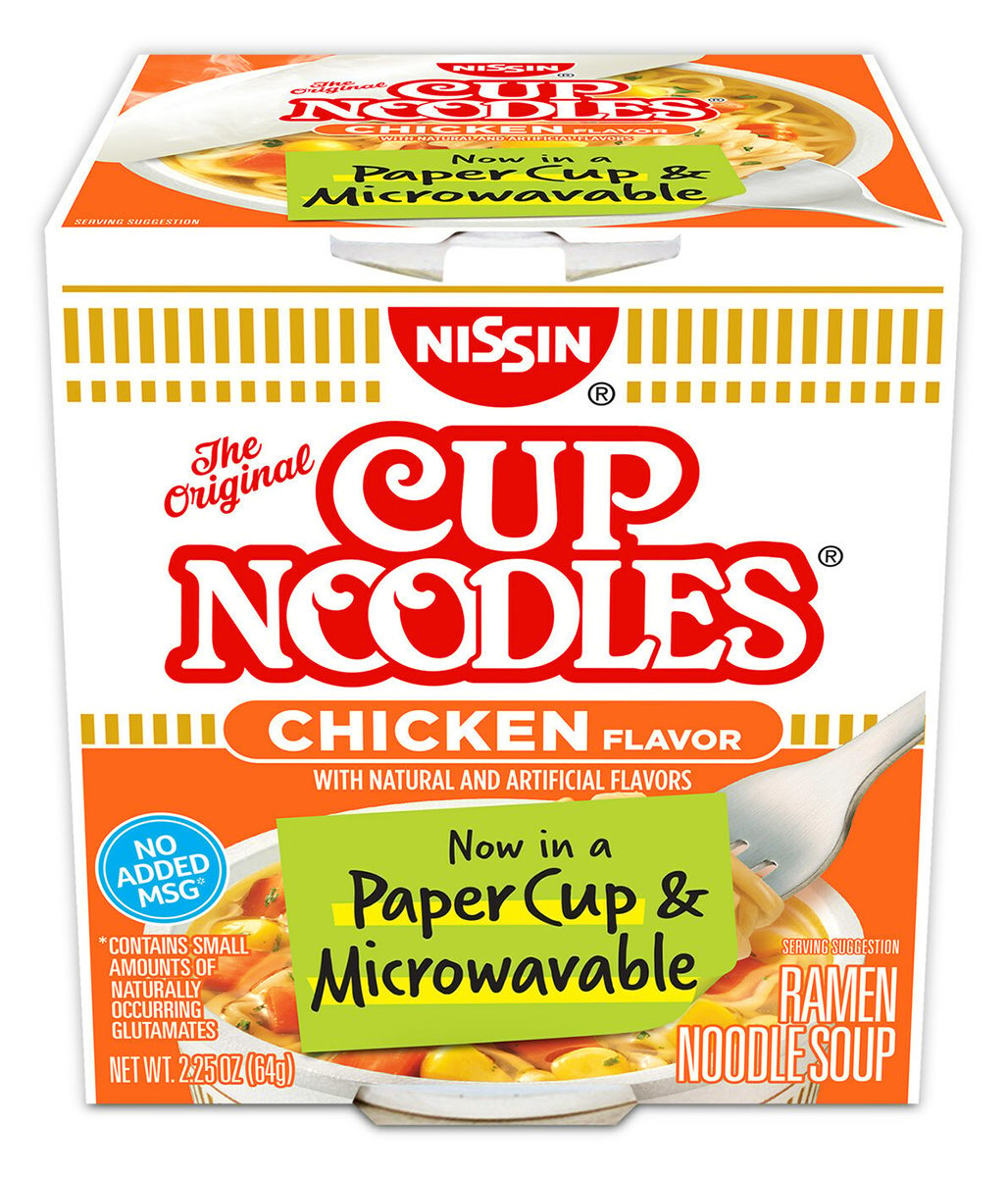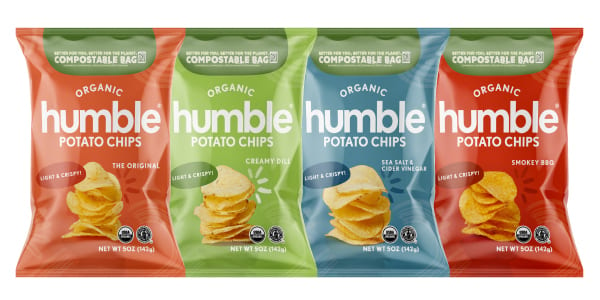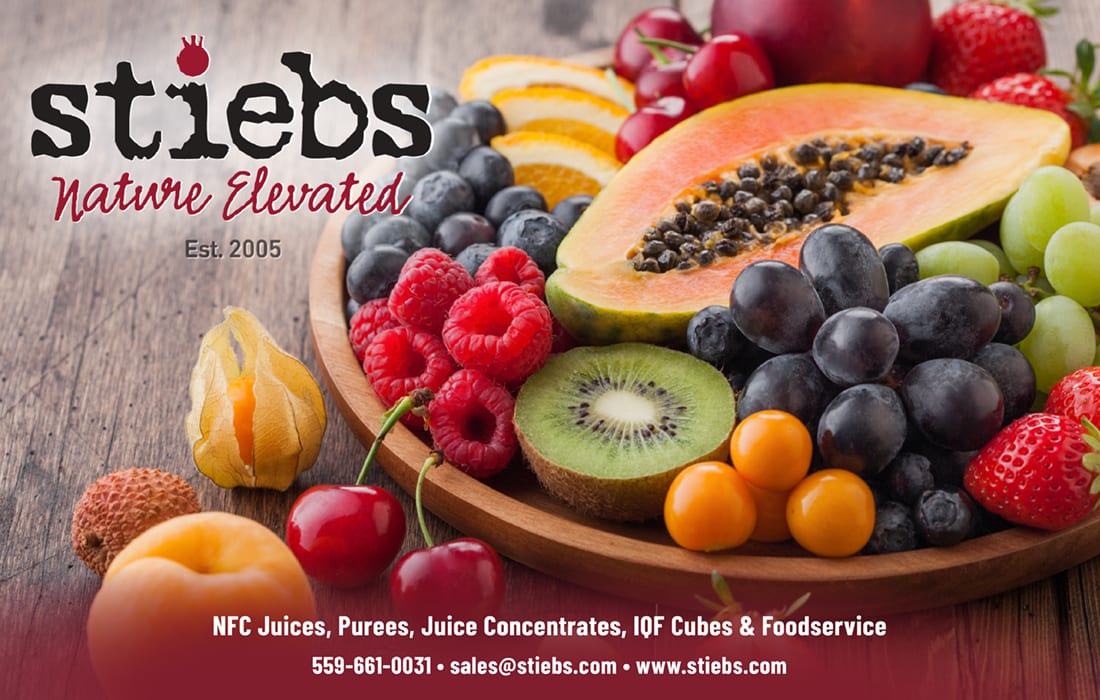Sustainability Sells Part 1
Trends
More consumers weigh sustainable packaging appeal with on-shelf purchases.
From Store to Front Door
When it comes to trends, Innova Market Insights takes a 360-degree view of the world so we can evaluate and incorporate various factors that ultimately impact the food and beverage market.
At the top of the trends hierarchy are five macro forces that impact consumer needs and behavior: focus on health, increased cost of living, potential political and global threats, technology transformations, and health of the planet. This last force, health of the planet, inspires consumers to do what they can to manage their impact on the environment. Sustainable packaging is essential to health of the planet because it allows consumers to take action in a tangible way.
BY LU ANN WILLIAMS
Photo courtesy of: Getty Images / lady_in_red13

Bimbo Bakeries USA said it introduced North America's first bread bag that uses 30% post-consumer recycled (PCR) content, produced from FDA-compliant PCR resins. Featured across Arnold’s Organic bread line, each polyethylene bag provides a “meaningful way for the Arnold brand to foster real change across the industry,” the company says. Photo courtesy of Bimbo Bakeries USA
Environmental Concerns
Consumers consistently name health of the planet as their leading global concern. In our 2021, 2022, and 2023 Lifestyle and Attitudes Surveys, consumers indicated that health of the planet was of greater concern than health of the population, political instability, or economic uncertainty. Consumers also express their desire for the CPG industry to develop sustainable packaging solutions to help with growing environmental issues.
As part of our Innova Lifestyle & Attitudes Survey 2023, we asked consumers about how brands and companies could best help environmental and social causes. Sustainable packaging ranked second, after protection of nature. Three in five of those surveyed agree that they pay attention to nature protection-related claims in food and beverage packaging. One in four consumers globally indicated that environmental factors such as sustainability should drive the development of new products.
Innova’s 2024 Top 10 Trends considers the link between the food supply and the environment. The number two trend, Nurturing Nature, notes that business responsibilities go beyond sustainability—and require actions that positively protect nature. Supporting this trend are a number of consumer findings from our Trends Survey 2024. Nearly three-quarters of those surveyed agree or strongly agree that food and beverage companies should use only sustainable packaging. Three in 10 consumers globally say they are willing to pay extra for food and beverage products that are devoted to solving global environmental issues.
Consumers speak out
Packaging is an integral part of consumer sustainability demands. Consumers report that recycled materials are a leading driver of their purchases, followed by biodegradable packaging and reusable materials.

Nissin Foods’ Cup Noodles replaced its previous polystyrene cup with a new microwavable paper cup in early 2024. Additionally, the new cup is made with 40% recycled fiber, no longer requires a plastic wrap, and features a sleeve made with 100% recycled paper. Photo courtesy of Nissin Foods USA
Plastic pollution is at the top of consumer environmental concerns. Nearly four in 10 respondents to Innova’s 2023 Packaging Survey name plastic pollution as an issue and 65% of those participating in the 2024 Trends Survey report being “extremely” or “very aware” of plastic waste. Ocean pollution and food waste were named as a top concern by three in 10 consumers surveyed.
The question always comes up regarding whether consumers are willing to use and pay more for sustainable packaging. In our most recent packaging survey, 40% of consumers globally said that they are willing to pay more for reusable packaging, compared to regular packaging.
We asked consumers to share their perceptions about the sustainability of various packaging materials. The highest percentages of consumers name paper as most sustainable, followed by cardboard, glass, and bioplastic. Cans and plastic were seen as less sustainable. Furthermore, more than one-third of those surveyed indicate that reusable raw materials in packaging influence their product choices.

Canada’s Humble Snacks introduced industrial compostable certified bags (certified by BPI North America), which means its bags compost in municipal or commercial compost facilities and decompose in 90-180 days. Photo courtesy of Humble Snacks Inc.
Sustainable packaging demonstrates innovation
We actively look for sustainable packaging examples at trade shows, as well as in new product launches. In June 2023, Innova representatives were excited to attend Interpack 2023, which marked the return of this global exhibition for the first time in seven years. Our trend spotters actively cover the exhibit floor to identify emerging trends and seek examples of product innovation.
“Three in 10 consumers globally say they are willing to pay extra for food and beverage products that are devoted to solving global environmental issues.”
Based on Interpack 2023, Innova trend spotters identified four themes shaping the packaging world: circular economy, resource management, digital technologies and product safety. Two of these—circular economy and resource management—relate directly to sustainable packaging.
One area of innovation that supports a circular economy is packaging made from mono-materials, which are easier to recycle than composites. Examples include paper trays, polypropylene(PP)-based pouches that are impervious to water and oxygen, polyethylene (PE)-based films that can replace laminated non-recyclable packaging, refillable stainless steel containers that can be filled at “filling stations” in retail locations. Another example involves mono-material aluminum Nespresso-style capsules that protect coffee against oxygen exposure while they eliminate non-recyclable capsule components. End of Part 1
Lu Ann Williams is Global Insights Director at Innova Market Insights, provider of market research services including the Innova Database. With more than 25 years’ experience in the food industry, Lu Ann is a trend expert and frequent public speaker at events worldwide. She leads a team of analysts and works with global clients. Contact her at luann.williams@innovami.com



